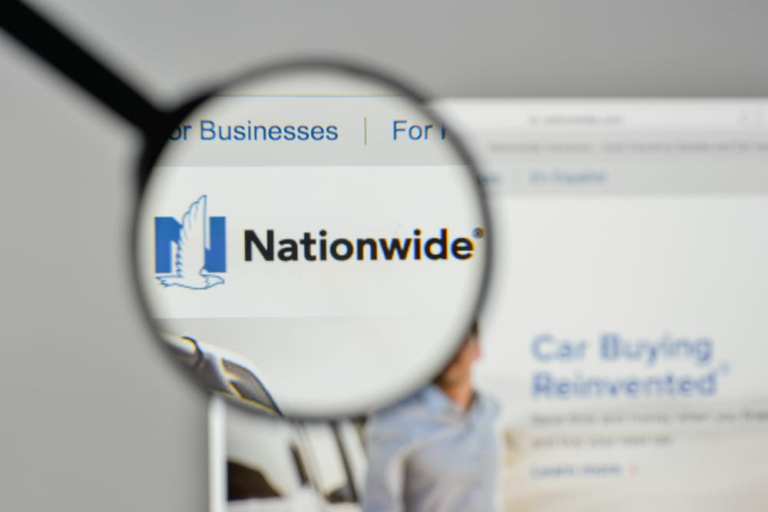
Retailers looking for the shape of an economic recovery have had several letters to choose from. There’s the “hoped for” V-shaped recovery that heralds a quick return to pre-COVID consumer spend levels. There’s the U-shaped recovery that says the return will only happen after a long period of flat sales. Then there’s the W-shaped recovery that predicts a fast comeback, only to be kneecapped by a secondary infection surge and then another comeback. But for Nationwide Insurance Chief Economist David Berson, there’s only one shape: It’s a V, and the V stands for “virus.”
“There’s nothing in the economic toolkit that addresses the coronavirus,” Berson told PYMNTS. “There are things in the economic toolkit that address inflation. There are things in the toolkit that model economic policy and that sort of thing. So we can mitigate the economic damage from the coronavirus, but that doesn’t solve it. What solves it is science and the pharma industry. I think they’re both doing a great job – but even that only goes so far in predicting a recovery.”
For Berson and other economic forecasters, consumer spending and other key indicators will depend entirely on the lifespan and dynamics of the pandemic. If infection rates go up, as they have in several states, the recovery will be stalled. If infections drop, retail spend has a better chance of recovering. No letters, patterns or retail bailouts will be more powerful than COVID-19.
That means retailers who have to plan for 2020 – including the critical holiday season – at a loss. Berson recommends drawing up several scenarios based on the virus spread and the government’s reaction to it. He allows that forecasting in the middle of a pandemic is difficult, but he does not side with recent corporate pronouncements about abandoning financial guidance or heading into 2020 without a plan.
“If you don’t forecast, what are you going to do? You can’t be in a retail business or any business without a plan,” he said. “But the plan is so dependent upon how the virus propagates. If and when we come up with first therapeutics and then a vaccine, that’s one scenario. And you have to factor in government response. It’s very difficult to know any of those things. So I recommend having scenarios. If the virus does this, then this is the most likely thing to happen for our sales.”
Berson and his team have developed proprietary internal models for Nationwide. For retailers, he does have some indicators that could help with scenario planning and forecasting. Again, they are conditional forecasts based on the virus, not consumer behavior. Berson is encouraged that retail sales have rebounded, but he’s concerned about new hotspots such as Arizona, Texas and Florida.
“If I were forecasting for a retailer, I would say that if the virus only goes to a certain level and there are no restrictions, then I think sales will reach a certain level just based on the regular economics, such as how many people are not working,” he explained. “But if the infection rate and hospitalization rates go up significantly, then there may be some additional restrictions, and the pace of sales will not go up as rapidly. The forecasts are conditional on what happens with the virus.”